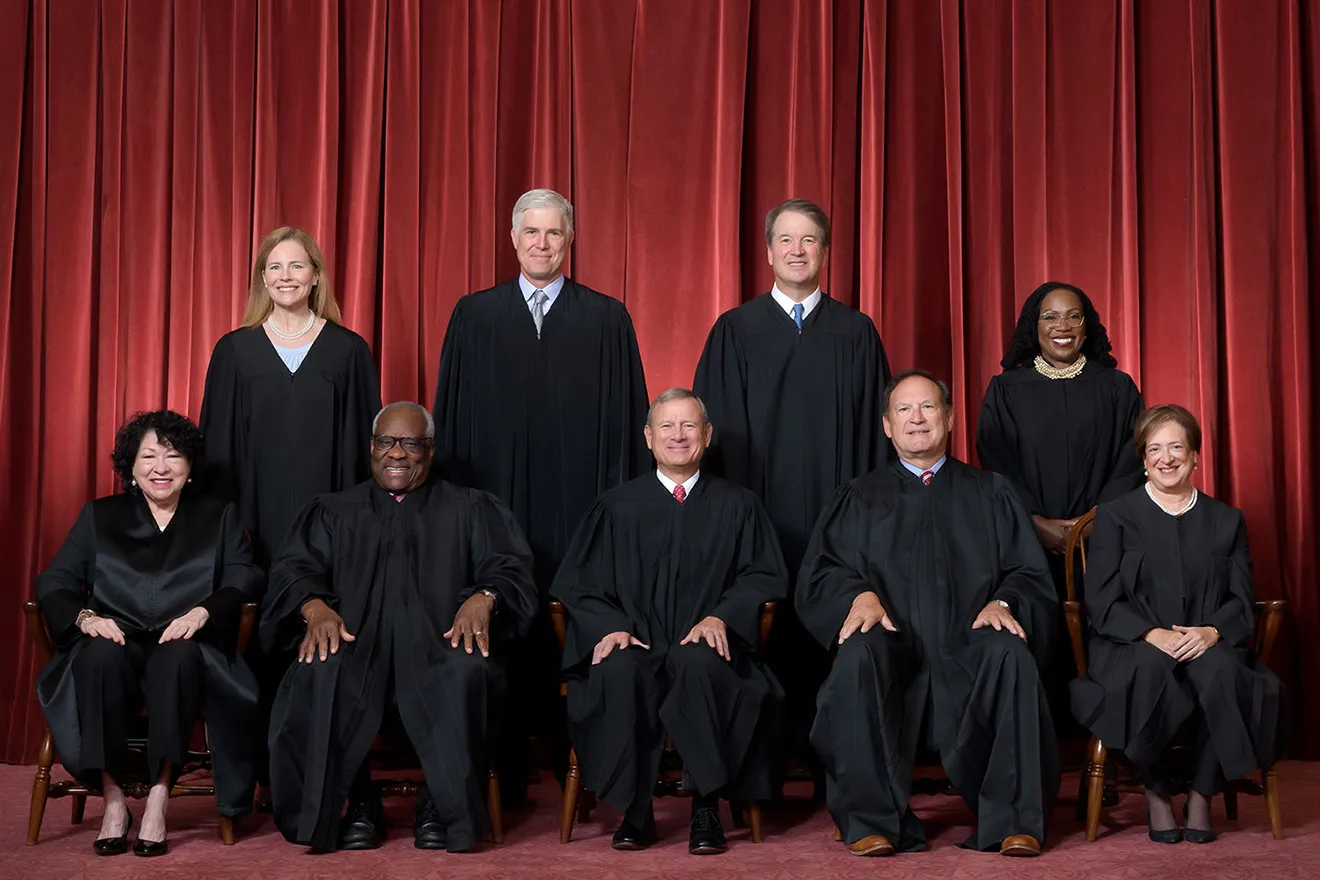
Commentary: Some climate solutions depend on knowing when to say enough
(Colorado Newsline) Colorado Governor Jared Polis’ newly released budget proposal for 2024-2025 addresses some of the state’s most pressing challenges.
The first priority, titled “More Housing Now,” would grow Colorado’s housing availability, which is short by more than 100,000 units. Another priority, “Advancing the Path to 100% Renewable Energy,” contends with the state’s reliance on fossil fuels, which, by contributing to climate change, threatens Colorado’s water supply, agricultural productivity, wildfire susceptibility, and public health.
Although the governor’s budget proposal addresses the housing and climate crises independently, they are interconnected problems with at least one mutual solution.
Twenty-two percent of Colorado’s greenhouse gas emissions come from the direct fuel consumption of Colorado’s residential, commercial and industrial buildings. In its sixth assessment report, the United Nations Intergovernmental Panel on Climate Change promoted a framework for decarbonizing the building sector, founded on the principles of energy sufficiency, efficiency and renewables. The “SER” framework prioritizes energy sufficiency, the concept that development and building design should be moderated by necessity, in order to reduce resource-intensity and buildings’ carbon footprint. Following the SER framework, buildings should also be energy efficient and powered by renewables.
Energy efficiency and renewable energy are the bread and butter of American environmental policy. The Biden administration’s Inflation Reduction Act provides historic subsidies for renewable energy and electric vehicle adoption. The federal government has set appliance efficiency standards since 1975. States have followed suit: Polis’ budget proposal emphasizes renewable energy adoption and Colorado’s Legislature is pushing for more energy efficient building codes.
Sufficiency, however, is neglected in the United States — perhaps because by discouraging resource intensity, sufficiency hinders consumerism.
Sufficiency is predicated on the notion that what we have is enough.
Unlike the transition to renewable energy, sufficiency fails to neatly align with popular political rhetoric to promote job creation and economic growth. Sufficiency is predicated on the notion that what we have is enough, while the U.S. is defined by consumerism for convenience, hence the pervasiveness of single-use paper plates, the ubiquity of fast fashion, and the ever-expanding square footage of single-family homes.
Despite its political drawbacks, sufficiency is inherent to progressive urban planning — the best solution to Colorado’s housing shortage. The governor’s budget proposal promotes several sufficiency policies, including the commitment to build walkable (i.e. denser) communities, to adapt commercial spaces into residential units, and to support new housing in historic buildings. The proposal would also allocate funding to incentivize the construction of additional dwelling units in areas zoned for single-family homes. Compared to the sprawling, single-family home development, creating dense cities and renovating existing buildings into multiple units is much less resource intensive — and in alignment with the principle of sufficiency.
While the governor’s budget proposal is a great start, the state could, and should, take the principle of sufficiency even further to create housing and reduce greenhouse gas emissions from buildings. Since 1980, the average American home size has increased by 150%, a major hindrance to environmental progress. Despite leaps and bounds in building and appliance energy efficiency, American buildings are increasing their energy use.
The state could consider policies recommended by the IPCC to disincentivize the construction of needlessly large houses, such as higher property taxes on houses with greater square footage per capita, or building codes with size constraints. While these measures may seem radical, the adoption of more sufficiency policies, alongside efficiency and renewable energy, are inevitable if Colorado hopes to achieve its GHG emission reduction goals and move beyond the state’s housing shortage.
Colorado Newsline is part of States Newsroom, a network of news bureaus supported by grants and a coalition of donors as a 501c(3) public charity. Colorado Newsline maintains editorial independence. Contact Editor Quentin Young for questions: info@coloradonewsline.com. Follow Colorado Newsline on Facebook and Twitter.

















